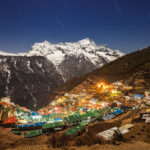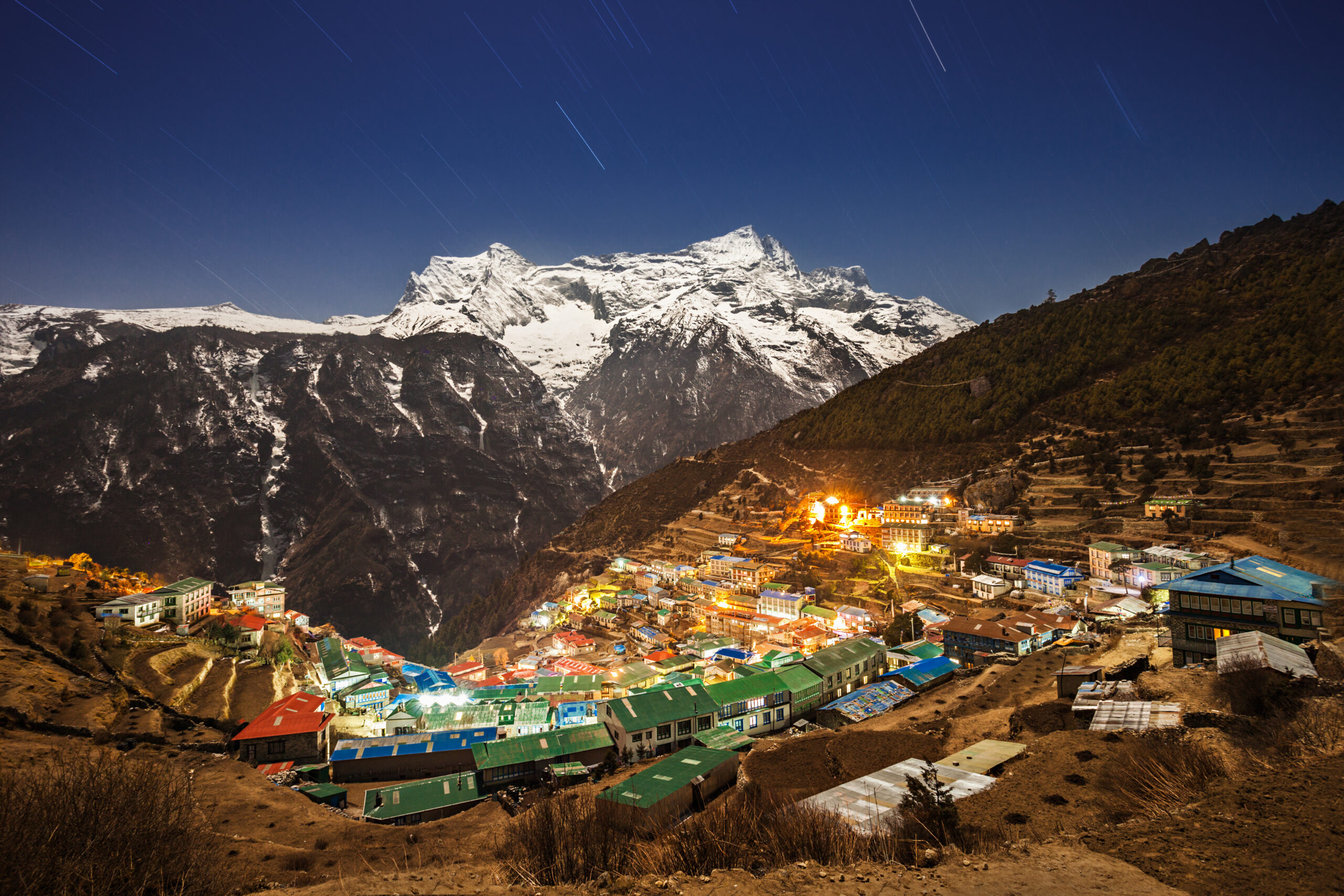Nepal is a land of rich traditions, deep spiritual roots, and a vibrant cultural identity. From its ancient temples and festivals to its unique languages and art forms, Nepali heritage is a reflection of centuries of history and devotion. However, in today’s fast-changing world, preserving this cultural legacy is more important than ever. By safeguarding Nepali traditions, we ensure that future generations remain connected to their roots, fostering a sense of identity, pride, and unity.
The Essence of Nepali Heritage
Nepali heritage is a blend of Hindu and Buddhist traditions, diverse ethnic cultures, and artistic excellence. It is expressed through:
- Temples and Monasteries – Sacred sites like Pashupatinath Temple and Swayambhunath Stupa serve as symbols of spiritual and historical significance.
- Festivals and Rituals – Dashain, Tihar, Holi, and Buddha Jayanti keep cultural traditions alive through celebration and devotion.
- Language and Literature – The Nepali language, along with regional dialects, poetry, and scriptures, shapes cultural identity.
- Traditional Arts and Music – Thangka paintings, folk music, and classical dances showcase Nepal’s artistic legacy.
Each of these elements carries deep meaning, connecting Nepalis across generations and geographic boundaries.
Why Preservation Matters
1. Maintaining Cultural Identity
For Nepalis living in Nepal and abroad, preserving cultural heritage strengthens their sense of belonging. It allows younger generations to stay connected to their roots, helping them understand their history, values, and traditions.
2. Keeping Traditions Alive
Many ancient practices are at risk of being lost due to modernization and migration. By actively practicing rituals, speaking the language, and celebrating festivals, we ensure that these traditions continue to thrive.
3. Strengthening Community Bonds
Cultural heritage unites people, fostering a sense of community and shared identity. Spaces like temples, cultural centers, and festivals bring people together, promoting harmony and mutual respect.
4. Educating Future Generations
Teaching children about Nepali heritage ensures that they appreciate and take pride in their culture. Schools, community organizations, and families play a vital role in passing down knowledge about Nepal’s history, spiritual teachings, and artistic expressions.
5. Promoting Global Awareness
By showcasing Nepal’s heritage worldwide, we share its beauty and significance with other cultures. This not only fosters appreciation but also strengthens Nepal’s presence on the global stage.
How We Can Preserve Nepali Heritage
- Support Cultural Institutions – Engaging with temples, monasteries, and cultural organizations helps sustain heritage efforts.
- Participate in Festivals and Events – Attending and organizing cultural celebrations keeps traditions vibrant.
- Teach and Learn the Language – Speaking and teaching Nepali and regional languages to younger generations maintains linguistic heritage.
- Encourage Artistic Expression – Supporting Nepali artists, musicians, and dancers helps preserve traditional art forms.
- Document and Share Traditions – Recording oral histories, writing about customs, and sharing cultural experiences keep heritage alive.
Conclusion
Preserving Nepali heritage is not just about honoring the past—it’s about securing the future. By embracing and celebrating our traditions, we create a strong cultural foundation for the next generations. Whether through religious practices, festivals, language, or art, each effort contributes to keeping Nepali identity alive and thriving. It is our collective responsibility to safeguard this rich legacy, ensuring that the beauty and wisdom of Nepali culture continue to inspire the world for years to come.




